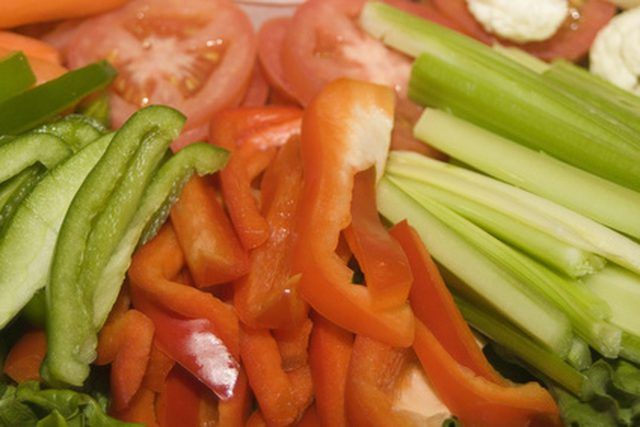Bulbs
Flower Basics
Flower Beds & Specialty Gardens
Flower Garden
Garden Furniture
Garden Gnomes
Garden Seeds
Garden Sheds
Garden Statues
Garden Tools & Supplies
Gardening Basics
Green & Organic
Groundcovers & Vines
Growing Annuals
Growing Basil
Growing Beans
Growing Berries
Growing Blueberries
Growing Cactus
Growing Corn
Growing Cotton
Growing Edibles
Growing Flowers
Growing Garlic
Growing Grapes
Growing Grass
Growing Herbs
Growing Jasmine
Growing Mint
Growing Mushrooms
Orchids
Growing Peanuts
Growing Perennials
Growing Plants
Growing Rosemary
Growing Roses
Growing Strawberries
Growing Sunflowers
Growing Thyme
Growing Tomatoes
Growing Tulips
Growing Vegetables
Herb Basics
Herb Garden
Indoor Growing
Landscaping Basics
Landscaping Patios
Landscaping Plants
Landscaping Shrubs
Landscaping Trees
Landscaping Walks & Pathways
Lawn Basics
Lawn Maintenance
Lawn Mowers
Lawn Ornaments
Lawn Planting
Lawn Tools
Outdoor Growing
Overall Landscape Planning
Pests, Weeds & Problems
Plant Basics
Rock Garden
Rose Garden
Shrubs
Soil
Specialty Gardens
Trees
Vegetable Garden
Yard Maintenance
Inchworm Infestation
Inchworm Infestation. Although not necessarily harmful in smaller, controlled numbers, infestations of inchworms can cause severe damage to trees, shrubs, and many varieties of vegetable plants. Methods of removal can include traditional chemical insecticides or more natural types of pest control.

Although not necessarily harmful in smaller, controlled numbers, infestations of inchworms can cause severe damage to trees, shrubs, and many varieties of vegetable plants. Methods of removal can include traditional chemical insecticides or more natural types of pest control.
Identification
Inchworms go by many different names, including cankerworms, spanworms, loopers, and measuring worms. They generally reach one inch in length and are smooth and hairless. The presence of inch worms can be identified by shaking plants lightly to detect the presence of the worm and larvae, or through careful examination of the branches. Infected plants will have noticeable tiny and irregularly shaped holes between the veins.
Destruction
Small numbers of inch worms are not destructive to the natural habitat, since many trees and plant life can survive minimal inchworm feeding. When the number of inchworms grows, they can become a destructive pest, often damaging vegetable crops. The inchworm can be particularly destructive once an infestation is present because female moths lay their eggs in both fall and spring cycles.
Types
The type of foliage the inchworm feeds upon will depend on its species. Some prefer trees and shrubs. These inchworms cause damage on apple trees, oaks, and sweet gums. Other species of inchworm prefer vegetable gardens, and will feast upon almost any vegetable you plant, including tomatoes, celery, beans, potatoes, cabbage, and radishes.
Prevention
The best type of prevention of an inchworm infestation is making sure your lawn or garden is hospital to the inchworm's natural predators. Ground beetles, birds, Trichogramma wasps, yellow jackets, and paper wasps all prey upon the inchworm.
Treatment
Treatment with chemical insecticides is not recommended and is generally seen as unnecessary. However, if the infestation is large enough to present significant damage, the landowner may opt to use insecticides. The least damaging insecticides include horticultural oils that can be applied to trees, and Bacillus thuringiensis for vegetable gardens. Oils will smother the worms, and Bacillus thuringiensis will cause the body of the worms to rot, while being harmless to humans. These methods may not work once the inchworm is larger than 1/2 inch. In this case, chemical insecticides may be needed to control the infestation.